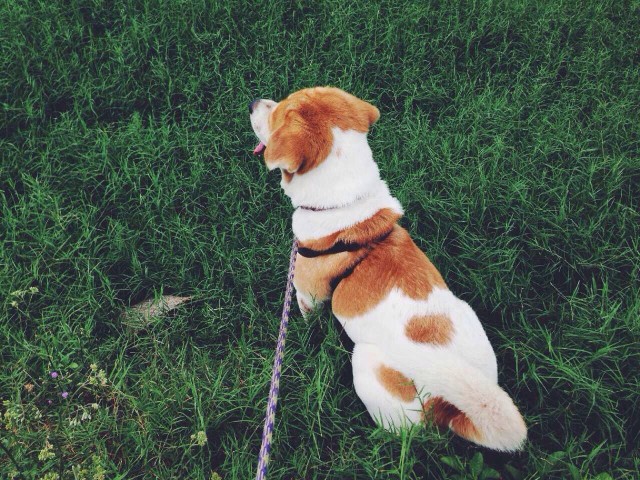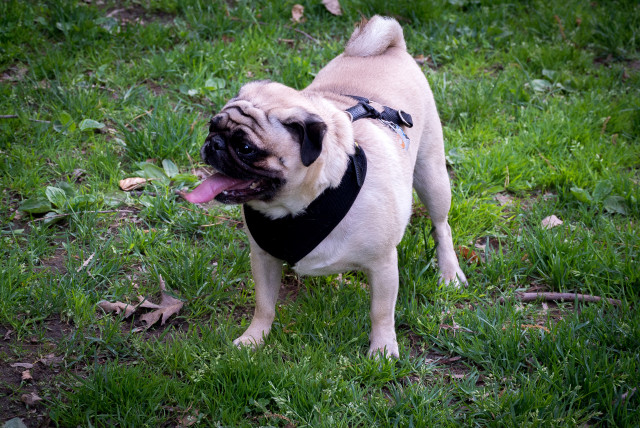Train a Dog With Basic Commands
Why Basic Commands Matter
Teaching your pup core commands like sit, stay, come, and down establishes boundaries, keeps them safe, and improves your relationship. According to Pets HQ’s guide on “The Best Ways to Train Your Dog,” consistency and positive reinforcement are key.
Before You Begin Training
- Choose the right environment: quiet, distraction-free space.
- Use positive reinforcement: treats, praise, toys.
- Keep sessions short: 5–10 minutes, 2–3 times a day.
- Stay patient and consistent: training builds over days/weeks.

Train a Dog With Basic Commands
Teaching the “Sit” Command
Step‑by‑Step Process
- Hold a treat close to your dog’s nose.
- Lift it slowly over their head—dogs naturally sit to follow.
- Once seated, say “Sit,” give a treat, and praise.
- Repeat in multiple sessions until reliable on command.
“Sit” helps establish control—essential for managing behavior.
Teaching the “Stay” Command
How to Progress
- Ask for “Sit.”
- Show open palm and say “Stay.”
- Take one step back, then return and reward if stayed.
- Gradually increase distance and duration.
“Stay” teaches impulse control, useful during exits, crossings, or guests.
Teaching the “Come” Command
Recall Training Tips
- Leash your dog, crouch, and say “Come” with an upbeat tone.
- When they reach you, reward lavishly.
- Practice in safe, enclosed areas, then off‑leash.
Reliable recall keeps your dog safe and responsive.
Teaching the “Down” Command
Encouraging the Lie‑Down Position
- From “Sit,” hold the treat at the nose, then slowly to the floor.
- As your dog lowers, say “Down,” reward, and praise.
- Repeat until they lie down reliably on cue.
“Down” provides a calm, submissive position—great for control.
Adding Advanced Basic Cues
Leave It, Drop It, Heel, and Wait
Once core commands are solid, add slightly advanced skills:
- Leave it: prevent picking up dangerous items.
- Drop it: ensure safe item exchange.
- Heel: walk politely on a loose leash.
- Wait: pause before entering doors or crossing streets.
Training Methods & Philosophy
Positive reinforcement, including treat‑based and marker systems like clicker training, is scientifically proven effective. Additionally, using both classical and operant conditioning helps dogs understand commands more quickly.
Troubleshooting Common Challenges
- Distractions: reduce stimuli, gradually reintroduce.
- Slow progress: go back to proven basics.
- Over‑excitement or fear: reward calmness and build gradually.
- Inconsistent responses: ensure all family members use same cues.
Consistency & Practice

Training is a marathon, not a sprint. Use daily practice, reinforce good behavior throughout the day—not just during training times—and celebrate small wins.
When to Seek Professional Help
If behavioral challenges persist—excessive aggression, fear, barking, or leash reactivity—consider enrolling in an obedience school or consulting a certified trainer or behaviorist. With a solid foundation in sit, stay, come, and down, your dog will be well‑mannered, safer, and happier. Keep learning, stay consistent, and enjoy the journey together! Published by PetsHQOnline.com – your go‑to for pet care tips.

